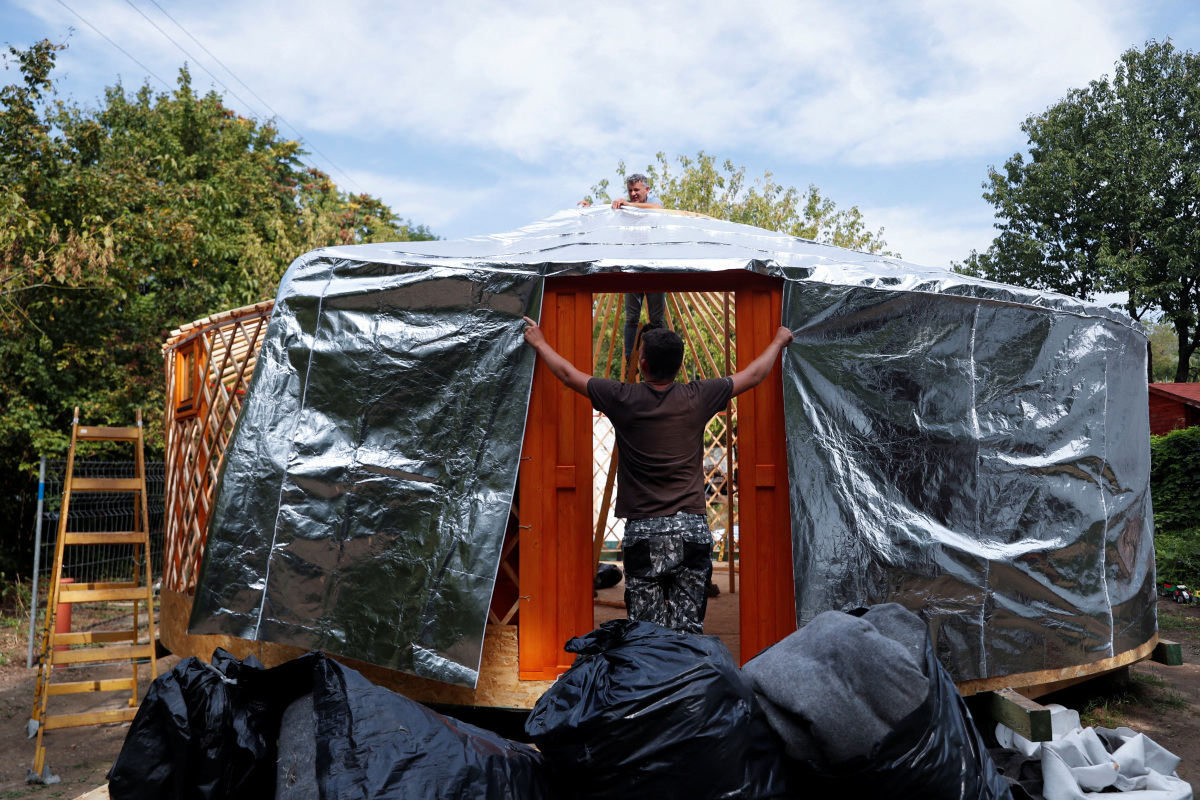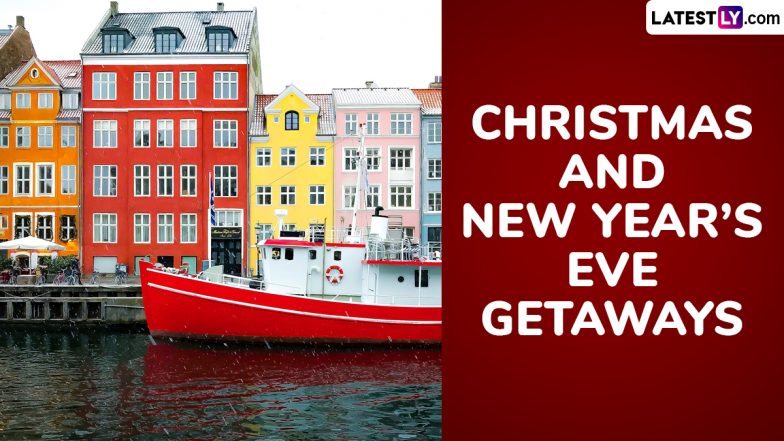Since 2020, the house prices in Canada have skyrocketed.
Major Canadian cities, including Vancouver, Barrie and District, Victoria and Toronto, have seen housing costs rise by more than $200,000.
In August 2023, the average house price in Vancouver measured at $1,208,400, up by a huge $261,800 since August 2020.
In just three years, Barrie and District saw average housing costs increase from $571,700 to $818,000.
To tackle the housing inflation, many Canadians have taken to living in tent-like structures, known as yurts.
“A yurt is, first and foremost, a tent,” said Patrick Ladisa, the President of Yurta, a yurt manufacturer based in Pickering, Ontario.
A yurt is “a really ingenious engineering structure… that’s been around for millennia,” he added.
Usually, a yurt is a circular dwelling that is erected using flexible wood, animal felt, animal skins and other tough fabrics.
Ladisa went on to compare the tough exterior of a yurt to the roof of a house, explaining that it is the only part that needs to be consistently maintained.
More expansive yurts will also boast a large wooden pole that stands in the centre of the room, to add more stability to the structure.
In western nations, yurts are often used for “glamping” activities, Ladisa said, noting that while “glamping” has played a role in popularising yurts, in recent years, he has noticed the increase in people buying yurts to conquer the high prices in Canada.
A yurt is “the best building I’ve ever lived in”, said Michal Berman, who lives in one of Ladisa’s yurts while she is working on her farm in Ontario, Canada.
Having lived in a yurt for longer than a year, Berman, an Organic Vegetable Farmer and Executive Coach, said: “I’ve lived in a lot of beautiful houses, there’s something magical (about a yurt)…You can hear everything going on outside of you, it’s grounded, it’s amazing… The only thing, that to me, compares are the old-style log cabins.”
BERNADETT SZABO/Reuters
In central Asia, specifically Mongolia, yurts are used by nomadic people as it can be constructed and packed away easily.
Yurts are also popular amongst nomadic communities as it can resist most weather conditions, acts as a shelter for multiple people and is known for lasting for decades.
Melissa Antony, who has lived in a yurt in Canada with her family since 2021, said that her yurt, “came straight from Mongolia”.
“It’s hand-painted, made out of all-natural material and the engineering is quite amazing. It’s stood for three years now and it’s just as strong as it was when I first built it,” she added.
According to Antony, her yurt, which is located near Dawson City, Yukon, makes for “affordable housing”.
“If we think about buying a tiny home, it’s somewhere around $100,000. For the yurt, I paid around $12,000,” she explained.
Depending on the design and the size, the price of a yurt can range from around $8,000 to $17,500.
“The yurts we make are $20,000-30,000,” President of Yurta said.
“There are yurts out there a lot cheaper than ours. You can import a yurt from Mongolia,” Ladisa explained.
However, the Yurt manufacturer also warned: “If you’re going to talk about living (in a yurt), then the yurt needs some infrastructure. You can’t just throw up the yurt on a piece of grass. You want an insulated floor, you want a vapour barrier and you probably want a deck.”
Some modern-day yurts boast all of the amenities that you’d find in a regular home.
Generally, the yurts that offer electricity, plumbing, heating and a bathroom or outhouse, are immobile and are fixed into the ground.







